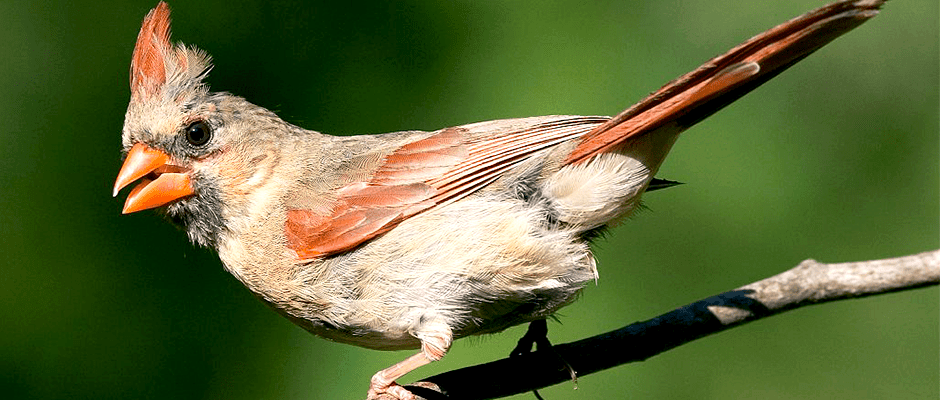Share this article
Female birds sing, too, but do they go unheard?
Do female birds need a feminist movement?
A pair of researchers is suggesting that scientists tend to tune in to male birdsongs and overlook female songs, leaving an important aspect of birds’ life history out of ornithological research.
In a commentary published in The Auk: Ornithology Advances, the researchers argue that understanding and keeping track of these understudied female songs can advance bird biology and fill in gaps in our understanding of bird behavior.
In 2014, lead author Karan Odom, with the Cornell Lab of Ornithology, wrote a paper in Nature Communications, quantifying female songs across bird families. She found that 71 percent of the females she studied sang. Another study looking at songbirds found 64 percent of all songbirds have evidence of female songs.
“That awakened us, and the research community, to a bigger phenomenon than we thought there was in the past,” said Odom, who coauthored the paper with Lauryn Benedict, at the University of Northern Colorado.
After discovering that the female ancestors of all songbirds also likely sang, Odom came to believe that, because female singing can differ between temperate and tropical regions, research has likely been skewed by geographic bias.
“A lot of research has been done in temperate regions where females do sing less,” she said, “but not so in other regions of the world, in the tropics or even the Southern Hemisphere.”
In more tropical regions, Odom said, both male and female birds use songs to protect and defend their resources. In temperate regions, female migratory birds may defend less and birds may breed for a shorter time period.
The topic of female bird song is something that needs to be understood more, she said. “What we’re doing now is looking at when is a female song elaborate and when it isn’t, and environmental factors that might be related,” she said. “All of this led to a realization that we still know really little about female bird song.”
The next step in understanding more about female bird song is through more collection and recording of their songs, Odom said. She urges people to get out and listen for birds. People can record their findings on the authors’ citizen science site www.femalebirdsong.org.
“Our main goal is to get people watching for and listening to female birds singing,” she said. “If you are able to see it, document it.”
Header Image: Female cardinals have a song distinct from male cardinals. © Thomas O'Neil








